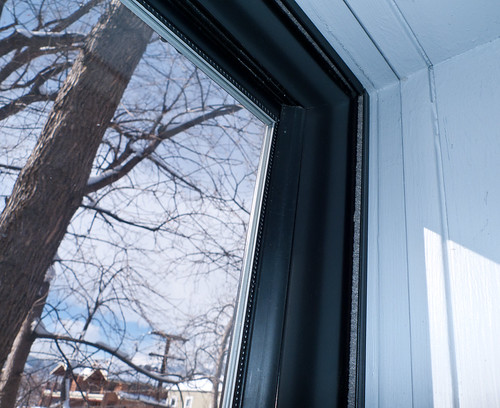Whether you want to reduce your home’s environmental footprint or save money on utility costs, there are many ways you can make your home more energy efficient. Becoming more efficient may require a steady, sustained effort, starting with small projects and planning for larger ones. Read on to learn about some changes you can make – from simple tasks that can be done in minutes, to major upgrades that require professional help.
Change light bulbs
If you’re still using incandescent light bulbs – the kind that feel hot to the touch when in use – you’re losing energy. These bulbs are the least efficient, shedding 90 percent of their energy as heat. As these bulbs burn out, replace them with compact fluorescent light bulbs. CFLs last about 10 times longer than incandescent bulbs and use less energy to produce the same amount of light.
CFLs last longer when they’re not turned on and off frequently, so they’re a good choice for rooms where you spend a lot of time; as a general rule, leave a CFL on if you’ll be out of the room less than 15 minutes. Switching to these bulbs can lower your electric bill, and because they must be recycled, you won’t be sending old light bulbs to your local landfill.
Draft-proof
This project requires a bit more time than simply changing your light bulbs, but it has big returns: Stop energy loss by draft-proofing your home.
In the winter, heat escapes through tiny gaps in your home’s exterior walls. You should check for drafts around windows and doors; if you use a lit candle, a flickering flame will help detect air leaks. Use weather-stripping to fill in gaps around window frames and doors, and seal any gaps around dryer vents or pipes that penetrate exterior walls.
Outlets in your outermost walls are a source of air leaks when they’re not in use. Use outlet plugs to keep them airtight. Reducing drafts, along with improving insulation, could result in a 15 percent reduction in your energy costs.
Upgrade appliances
Replacing a stove, dryer or refrigerator with a new energy-efficient model can be labor intensive and costly – but not nearly as costly as running an inefficient appliance day after day. And one of the most notorious energy hogs is an outdated furnace.
Newer models of furnaces and boilers must meet a minimum fuel efficiency rating of 75 percent, and most are even more efficient than that – in some states, certain types of furnaces must be at least 90 percent efficient. But outdated furnaces may have an efficiency rate somewhere around 55 to 70 percent.
You have two ways to deal with an old, efficient furnace: Replace it, or retrofit it – either way, you’ll need to hire someone to handle this job. But the initial investment of making your heating system more efficient will pay for itself in time, as you see your monthly utility bills decrease.
